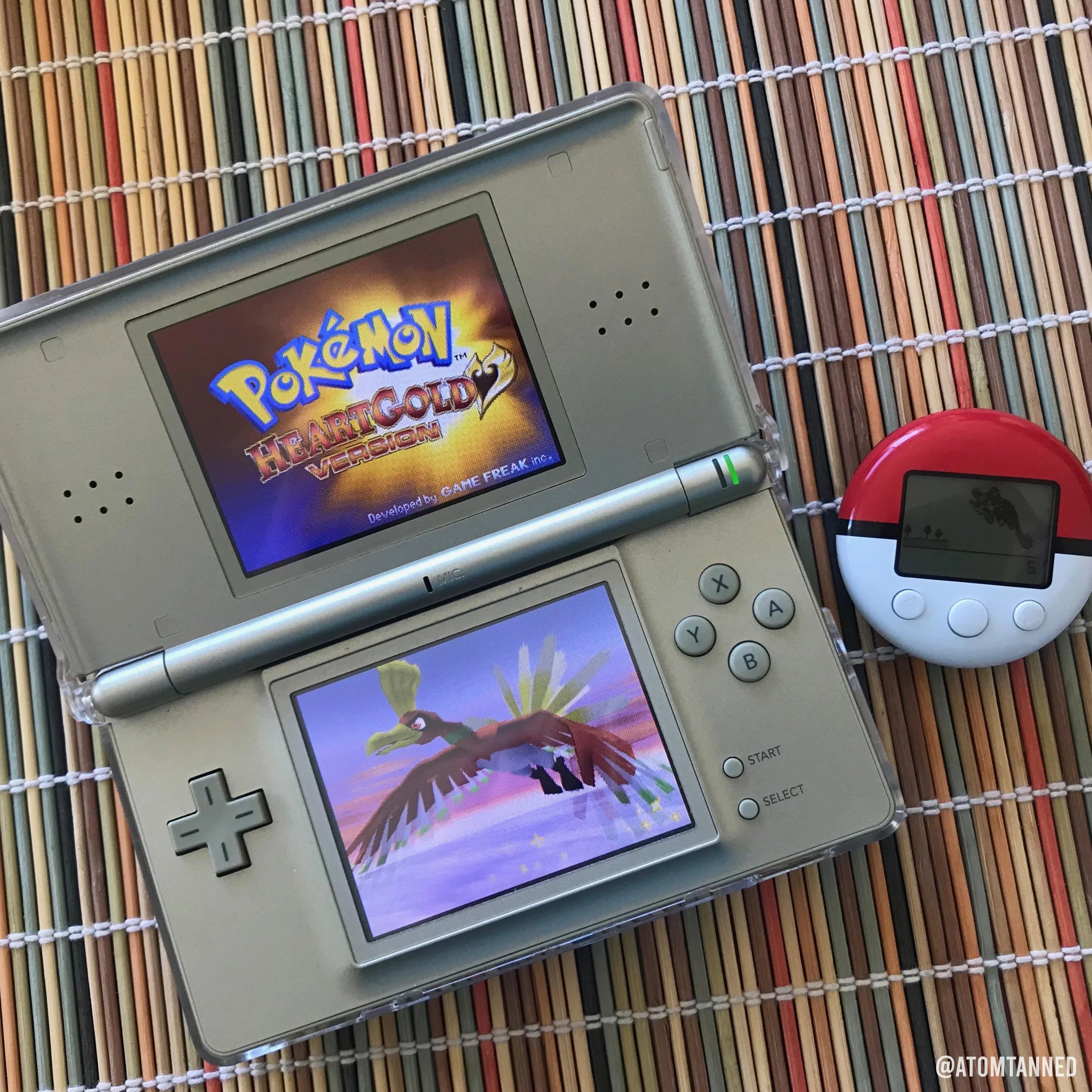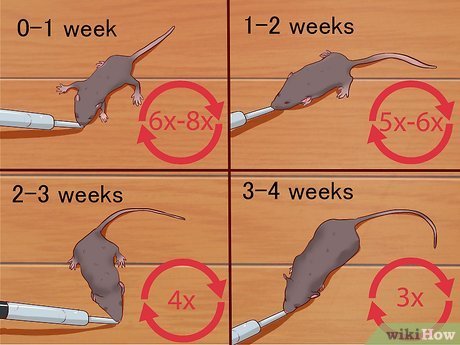

Expert Tips: How To Reset Pokewalker Like A Pro
To reset Pokewalker, simply follow these steps. First, press and hold Down, X, and L buttons simultaneously. Next, select “Yes” to clear all data. Finally, press and hold Up, X, and R buttons. Voila! Your Pokewalker is now reset and ready for a new adventure. Get ready to embark on a fresh journey with your trusty Pokemon companion.
How to Reset Pokewalker: Your Ultimate Guide
Welcome, fellow Pokemon trainers! Are you looking to start fresh with your Pokewalker device and need to know how to reset it? Look no further because in this comprehensive guide, we’ll walk you through everything you need to know about resetting your Pokewalker.
What is a Pokewalker?
Before we dive into the resetting process, let’s first understand what a Pokewalker is. The Pokewalker is a nifty little gadget that allows you to transfer your Pokemon from certain Pokemon games, such as HeartGold and SoulSilver, onto a small device that you can carry with you wherever you go. It lets you earn Watts, find items, and even catch wild Pokemon by walking around in the real world!
Reasons to Reset Your Pokewalker
There could be various reasons why you might want to reset your Pokewalker. Perhaps you want to start a new adventure with a different set of Pokemon, or maybe your current Pokewalker is malfunctioning, and a reset could fix the issue. Whatever your reason may be, resetting your Pokewalker is a simple process that we’ll guide you through step by step.
Steps to Reset Your Pokewalker
Step 1: Access the Pokewalker Menu
The first step is to turn on your Pokewalker device and navigate to the main menu. From the main menu, locate the option that allows you to connect to your game, typically found under the “Connect” or “Settings” section.
Step 2: Initiate the Reset Process
Once you’ve accessed the menu, look for the option that says “Reset” or “Erase.” Select this option to begin the reset process. Your device will prompt you to confirm that you want to reset the Pokewalker. Confirm the action, and your Pokewalker will be reset to its default settings.
Step 3: Reconnect to Your Game
After the reset is complete, you can now reconnect your Pokewalker to your Pokemon game. Follow the on-screen instructions provided by the game to establish the connection between your game and the Pokewalker. Once connected, you’re ready to start a new adventure with your freshly reset Pokewalker!
Troubleshooting Tips
If you encounter any issues during the reset process, here are a few troubleshooting tips to help you out:
Tip 1: Ensure Proper Battery Level
Make sure your Pokewalker has sufficient battery power before attempting to reset it. Low battery levels can sometimes cause glitches during the reset process. If needed, replace the batteries with fresh ones.
Tip 2: Check for Connectivity Issues
If your Pokewalker is having trouble connecting to your game, ensure that the infrared port on both the Pokewalker and the game cartridge are clean and free of any obstructions. Sometimes dust or dirt can interfere with the connection.
Tip 3: Consult the User Manual
If you’re still facing difficulties with resetting your Pokewalker, refer to the user manual that came with the device. The manual may provide additional troubleshooting steps specific to your Pokewalker model.
In Conclusion
Resetting your Pokewalker can breathe new life into your Pokemon adventures and open up a world of possibilities. Whether you’re starting fresh or troubleshooting an issue, following the steps outlined in this guide will help you reset your Pokewalker with ease. Now, grab your Pokewalker, lace up your shoes, and embark on your next Pokemon journey!
Remember, the world of Pokemon is vast and full of surprises, so don’t be afraid to explore, discover, and most importantly, have fun!
How to reset your Pokewalker data
Frequently Asked Questions
How can I reset my Pokewalker device?
To reset your Pokewalker, follow these steps: First, ensure that the device is turned off. Next, press and hold the Up, Select, and R buttons simultaneously. While holding these buttons, turn on the Pokewalker by pressing the On button. A confirmation message will appear, prompting you to reset the device. Select “Yes” to proceed with the reset. Your Pokewalker will now be reset to its factory settings.
What happens when I perform a reset on my Pokewalker?
Resetting your Pokewalker will erase all data stored on the device, including steps taken and Pokemon obtained. It will essentially bring the Pokewalker back to its original state as if it were brand new. Make sure to back up any important data before initiating the reset process.
Do I need any special tools to reset my Pokewalker?
No, you do not need any special tools to reset your Pokewalker. The reset can be easily performed using the device’s existing buttons. Simply follow the steps provided in the first question to reset your Pokewalker without the need for any additional tools.
Will I lose any unique features or functionalities by resetting my Pokewalker?
Resetting your Pokewalker will only erase data stored on the device and restore it to its factory settings. You will not lose any unique features or functionalities that come with the Pokewalker itself. After the reset, you can continue using the device as you normally would, starting fresh with your Pokemon journey.
Final Thoughts
To reset Pokewalker, go to the main menu, select the ‘connect to Pokewalker’ option, press and hold all buttons simultaneously for a few seconds until the screen goes black. Release the buttons and press any button to complete the reset. Remember, to reset Pokewalker, follow these simple steps and enjoy a fresh start.

Essential Guide: How To Care For Baby Mice
Taking care of baby mice is a delicate task that requires attention and compassion. To ensure their well-being, it’s crucial to provide them with the right environment and nourishment. Baby mice need warmth, gentle handling, and a proper diet to thrive. By understanding how to take care of baby mice, you can help these tiny creatures grow into healthy adults. Join us as we explore the essential steps to nurture these adorable little beings.
How to Take Care of Baby Mice
Introduction
So, you’ve found yourself taking care of some cute baby mice, and you want to make sure they grow up healthy and happy. Baby mice, also known as pinkies or pups, require special care and attention to thrive. In this comprehensive guide, we will walk you through everything you need to know about taking care of these tiny, delicate creatures.
Setting Up Their Home
Before bringing baby mice into your home, it’s important to set up a warm and safe environment for them. A small plastic or glass aquarium with a secure lid works best as a temporary home for baby mice. Line the bottom of the tank with soft, clean bedding such as paper towels or shredded paper to keep them cozy.
Temperature Control
Baby mice are sensitive to temperature, so it’s crucial to keep their environment warm. Maintain a temperature of around 75-80°F (24-27°C) in their enclosure to ensure they stay comfortable and healthy. You can use a heat lamp or a heating pad placed under one side of the tank to create a warm spot for them to snuggle up to.
Lighting and Noise
Mice are nocturnal creatures, so it’s best to keep their living area in a quiet and dimly lit room during the day to allow them to rest. Avoid sudden loud noises or bright lights that can startle or stress out the baby mice.
Feeding Schedule
Proper nutrition is essential for the growth and development of baby mice. If you are taking care of orphaned or abandoned pups, you may need to hand-feed them using a small syringe or dropper. A specialized formula for rodent babies can be obtained from a pet store or veterinarian.
Frequency of Feeding
Baby mice need to be fed every 2-3 hours, including during the night, as they have tiny stomachs that empty quickly. Make sure the formula is at room temperature before feeding and only offer small amounts at a time to prevent overfeeding, which can lead to health issues.
Transitioning to Solid Food
As the baby mice grow, you can start introducing solid food into their diet. Soft foods like oats, fruits, and vegetables can be offered to them once they are about two weeks old. Make sure to provide fresh water in a shallow dish for them to drink from.
Handling and Socialization
It’s important to handle baby mice gently and with care to prevent injuries and stress. Slowly introduce handling by picking them up for short periods a few times a day to help them get used to human interaction. This will help them become more social and comfortable around people as they grow older.
Creating Bonding Time
Spending time with baby mice is crucial for their social development. Sit near their cage and talk to them softly to get them used to your voice. Offering them small treats like sunflower seeds or mealworms can also help build trust and create a positive association with humans.
Playtime and Enrichment
Baby mice are curious and active creatures, so providing them with toys and items to explore can help keep them engaged and stimulated. Simple items like toilet paper rolls, cardboard tubes, and small climbing structures can offer entertainment and enrichment for the baby mice.
Health and Wellness
Monitoring the health and wellness of baby mice is essential to ensure they are thriving and free from illness. Keep an eye out for any signs of distress, such as lethargy, loss of appetite, or difficulty breathing, and consult a veterinarian if you notice any concerning symptoms.
Cleaning and Hygiene
Maintaining a clean environment is crucial for the health of baby mice. Regularly clean their enclosure by removing any uneaten food, soiled bedding, and droppings to prevent the buildup of bacteria and odors. Replace the bedding at least once a week and sanitize the tank with a mild detergent.
Veterinary Care
If you notice any unusual behavior or symptoms in the baby mice, it’s important to seek veterinary care promptly. A veterinarian experienced in treating small animals like mice can provide proper diagnosis and treatment for any health issues that may arise.
Taking care of baby mice requires patience, attention to detail, and a lot of love. By providing them with a warm, safe environment, nutritious food, gentle handling, and regular health check-ups, you can ensure that these tiny creatures grow up healthy and happy. Remember, each baby mouse is unique, so observing their behavior and adapting your care routine accordingly is key to their well-being. Enjoy the journey of watching these adorable creatures grow and thrive under your care!
How to Care for Baby Mice
Frequently Asked Questions
What should I feed baby mice?
Baby mice, also known as pinkie mice, should be fed a special formula designed for neonatal rodents. This formula can be purchased at pet stores or online. It’s important to feed them every few hours, as they have high energy needs for growth and development.
How often should I clean the baby mice’s cage?
It is essential to keep the baby mice’s cage clean to prevent health issues. Clean the cage at least once a day, removing any soiled bedding and food remnants. Make sure to replace the bedding with fresh material to keep the environment hygienic.
How do I provide warmth for baby mice?
Baby mice are unable to regulate their body temperature, so they require a warm environment. Use a heating pad or a heat lamp placed at one end of their enclosure to create a gentle warmth for them. It’s crucial to monitor the temperature regularly to ensure it stays within a safe range.
Final Thoughts
Taking care of baby mice involves providing warmth, proper nutrition, and gentle handling. Keep them in a cozy environment with clean bedding and ensure they are fed a diet suitable for their age. It’s important to monitor their growth and development closely to ensure they are healthy and thriving. By following these guidelines on how to take care of baby mice, you can help them grow into strong and healthy adults.


